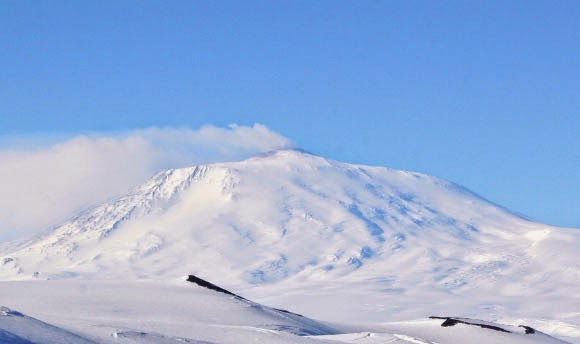The Museum of Natural History had so many interesting artifacts and exhibits, but the one that was most interesting to me was Early human life. Particularly, the period of the Ice Age. Don't you wonder how humans survived such harsh conditions? I know I do. Most of it has to do with Science.
An Ice Age occurs when there is a long term reduction in the temperature of the Earth's surface and atmosphere. This increases glaciers and ice sheets around northern and southern hemispheres. But, we still do not know what exactly causes the Ice Ages. When talking about the causes of an Ice Age, you consider atmospheric composition(gases), changes in the Earth's orbit, changes in solar output, volcanic eruptions, and tectonic plates (deals with the amount of ocean crust on Earth's surface). During these cold periods, temperatures dropped by 9 degrees Fahrenheit. The regions that were usually cold became complete arctic environments. Sea levels were 450 deep than they are today. Areas that are now filled with water were once exposed as land.
Extent of major glaciers at the last ice age
Well, now your probably wondering about the animals and how they were able to survive. Many animals were brought to extinction. Humans were most likely able to survive because of their intelligence and adaptability to the environment. It is during this time that the early humans learned to hunt animals and invent new weapons.
Recently, researchers have been studying Antarctic species. They found that the species are closer to volcanoes. Mosses, Lichens, and bugs were all found by the volcano. Dr. Aleks Terauds stated, "The closer you get to volcanoes, the more species you find. This pattern supports our hypothesis that species have been expanding their ranges and gradually moving out from volcanic areas since the last Ice Age.” There are 16 volcanoes in Antarctica and the last time they were active was about twenty years ago. The volcanoes provided a warm area for the species. This helped scientists understand how the species survived past the Ice Age.
For More Info:
http://www.bbc.co.uk/nature/ancient_earth/Last_glacial_period



Interesting...I didn't see the ice age stuff too much. I find it interesting what each student finds cool and how much it varies between the classes.
ReplyDelete